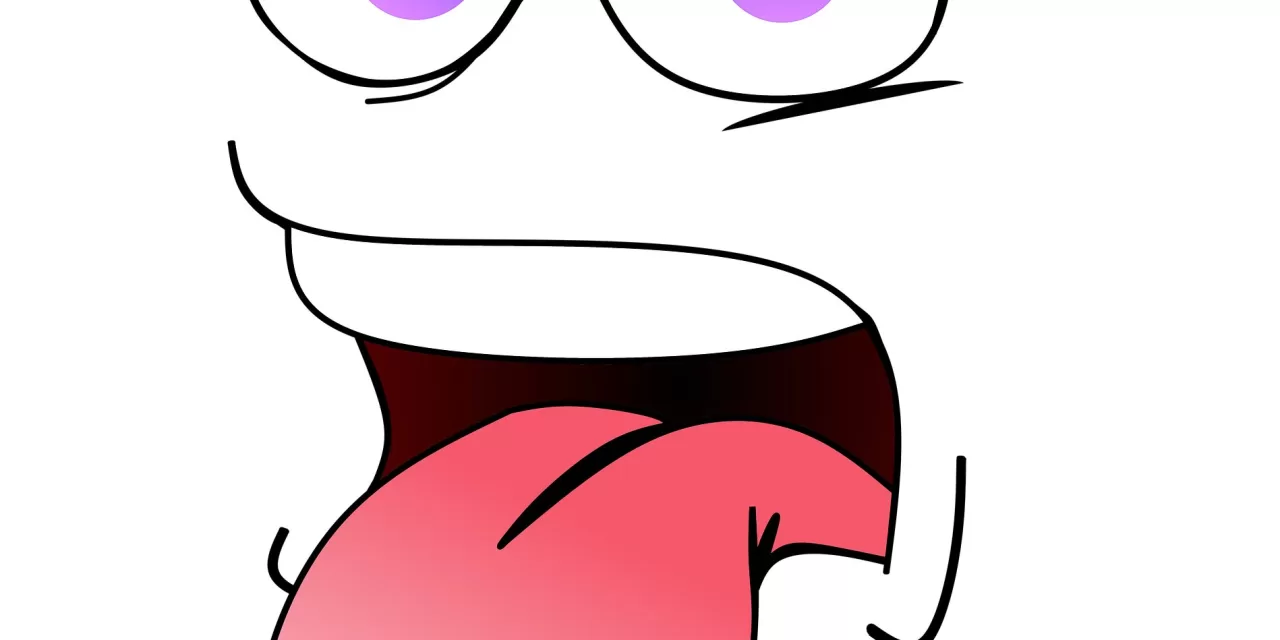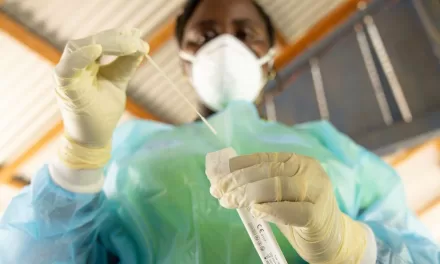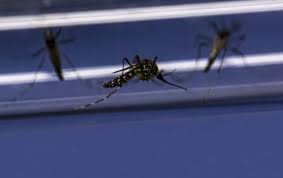Has your doctor ever asked you to stick out your tongue and say “aaah”? While they’re primarily assessing your throat, your tongue is also a valuable window into your overall health. Changes in its appearance, texture, or movement can indicate underlying health conditions. However, you don’t need to wait for a doctor’s visit to assess the state of your tongue. Cleaning it twice a day can improve your oral hygiene and give you insight into your health. Here’s why and how to clean your tongue effectively.
What Does a Healthy Tongue Look Like?
Our tongues play a crucial role in vital functions like eating and talking. Composed of eight muscle pairs, this muscular organ is covered with tiny bumps called papillae, which give it its rough surface. While papillae are often mistaken for taste buds, they are not the same. Adults have up to 10,000 taste buds, invisible to the naked eye, concentrated on the tip, sides, and back of the tongue.
A healthy tongue is typically pink, though shades may vary from dark to light pink, depending on the individual. A small amount of white coating can be normal, but significant changes in color or texture could be a sign of health problems.
How to Clean Your Tongue
Cleaning your tongue should take only 10–15 seconds, and it’s an easy addition to your daily oral care routine. Gently scrubbing it with a toothbrush can help remove food debris and prevent bacteria from building up on its surface. For a more thorough cleaning, you can use a tongue scraper—usually made of metal or plastic—which is particularly effective in removing bacteria that cause bad breath.
Common Tongue Coating Types and What They Mean
- White Coating
One of the most common changes in healthy people is a white coating, often caused by the accumulation of food debris and microbes. This plaque can be removed by gentle scrubbing or scraping. Regular cleaning reduces the risk of chronic infections that may affect other organs. - Yellow Coating
Yellow patches on the tongue may indicate oral thrush, a fungal infection. It’s common in elderly individuals, people with diabetes, or those recovering from illness. If you suspect oral thrush, your doctor may prescribe anti-fungal medication. - Black Coating
A black, furry appearance on the tongue may result from smoking or consuming strong-colored foods and beverages, such as coffee or turmeric-rich dishes. This condition, known as “black hairy tongue,” often signals poor oral hygiene. It’s not actual hair but an overgrowth of bacteria. - Pink Patches with White Borders
Known as “geographic tongue,” this condition causes pink patches bordered by white areas. Though the cause remains unknown, it usually doesn’t require treatment. - Red and Sore Tongue
A red, inflamed tongue may signal various issues, including nutritional deficiencies (such as folic acid or vitamin B12), diseases like Kawasaki disease or scarlet fever, or injuries from hot food. Ulcers, including cold sores and canker sores, can also lead to discomfort. - Dryness
Medications such as antidepressants, antihistamines, and painkillers can cause dry mouth (xerostomia), leading to discomfort. If dryness persists, consult your doctor to explore possible treatments.
Warning Signs of Oral Cancer
White or red patches that do not scrape off, or painless ulcers that persist, may indicate a risk of oral cancer. These patches require prompt attention from a dental professional. Oral cancer is on the rise, and its survival rates remain low due to delayed detection. Checking your tongue regularly for unusual changes could be a lifesaver.
Why Cleaning Your Tongue Matters
Incorporating tongue cleaning into your oral hygiene routine not only helps freshen your breath but also promotes better overall health. Microbes that accumulate on the tongue can cause infections that may spread to other organs. Keeping your tongue clean helps reduce the risk of these infections, along with potentially preventing more serious conditions like oral cancer.
Take the simple step of cleaning your tongue twice a day—it’s a quick, easy way to improve your health and boost your confidence.












